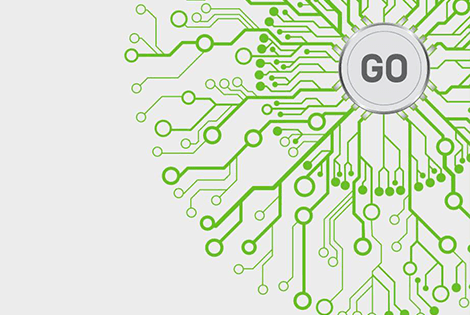The finest resolution for spot characterization and Machine QA
Daily machine parameter verification used from commissioning to machine QA, without compromising between high accuracy and speed.
- Optimized for pencil beam scanning
- High resolution scintillator-based sensor
- Active surface of 30x30 cm² and effective resolution of 0.5 mm
- Single shot and movie mode measurements
- Compatible with myQA
- Dicom RT export supported
Sphinx with Lynx Publication
Placidi et.al. “Range Resolution and Reproducibility of a Dedicated Phantom for Proton PBS Daily Quality Assurance.”
Zeitschrift Für Medizinische Physik 28, no. 4 (December 1, 2018): 310–17.
Conclusion
The proposed combination of the Lynx® + Sphinx® systems appear to be suitable as a device for daily QA of proton range for PBS proton therapy, even under extreme, and very unlikely, set-up and beam delivery uncertainties.
Description
Technology
The Lynx detector consists of a box composed by a scintillating screen of gadolinium-based plastic material which converts the energy lost by ionizing radiation into photons. This light is reflected to photodiodes of a CCD camera outside the irradiation field. To avoid the saturation of the camera, iris aperture can be changed, as well as the gain. The detector signal from the CCD camera is digitalized at a 10-bit depth.
The Lynx detector is easy to setup. It can be operated on the treatment coach. Data is transferred to a PC via Ethernet (previous version used Firewire).
Lynx is supported by the following software solutions:
- Lynx2D
- myQA Lynx plug-in
Corrections
The Lynx detector is characterized by IBA Dosimetry Lab and Fimel. Different corrections have to be applied to the response of the Lynx detector:
- To equalize the response of the sensor’s pixels, a uniformity correction (*.mc file) is determined in a reference beam to guarantee an image uniformity within 2%.
- To correct for the distortions due to slight misalignment between the mirror and the camera, a geometrical correction (*.geo file) is determined.
Both corrections are determined using a full iris aperture (i.e. 100%). If the detector is not used with a full iris aperture, a correction must be applied. This iris aperture correction (*.dia file) is determined between a full iris aperture (100%) and an iris aperture of 40%.
Background correction
Besides these corrections, before each detector irradiation session, a background correction is automatically measured to remove both thermal and electronic noise of the camera from the following acquisitions.
Technical specs
- Scintillation screen thickness: 0.4 mm
- Energy range: 60Co at 25 MV in photons /4 to 25 MeV in electrons/ 230 MeV Protons
- Active surface area: 300 x 300 mm² (600 x 600 pixels)
- Pixel size: 4.65 x 4.65 um²
- Effective spacial resolution: 0.5 mm
- Geometric distortion: ≤ 0.3 mm for the central zone of ≤ 280 x 280 mm²; ≤ 0.8 mm elsewhere
- Image acquisition: CCD camera
- Video camera: 1024 x 1024, 12-bit resolution
- Sampling time: 7 images / secondes
- Dose linearity within +/- 1.5%
- Spot sigma: Variation < 100 um
- Dimensions: 360 x 370 x 600 mm
- Weight: 11 kg
Auxiliaries
- Calibration plate for Lynx PDR1602









































